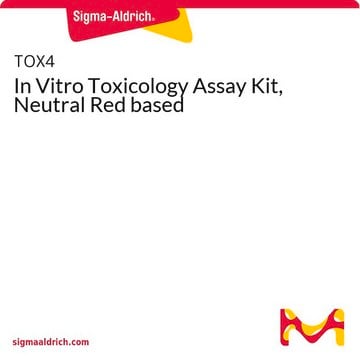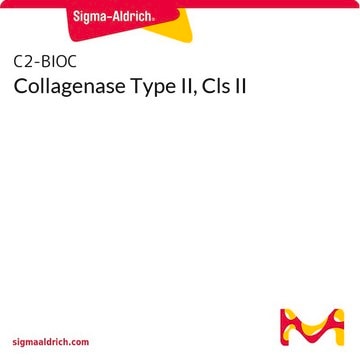72210
Neutral Red
for microscopy (Bact., Bot., Fl., Hist., Vit.), indicator (pH 6.8-8.0)
Synonyme(s) :
3-Amino-7-dimethylamino-2-methylphenazine hydrochloride, Basic Red 5, Toluylene red
Sélectionner une taille de conditionnement
39,40 €
Sélectionner une taille de conditionnement
About This Item
39,40 €
Produits recommandés
Qualité
for microscopy (Bact., Bot., Fl., Hist., Vit.)
indicator (pH 6.8-8.0)
Niveau de qualité
Forme
powder or crystals
Technique(s)
titration: suitable
pH
6.8-8.0, red to yellow
Pf
290 °C (dec.) (lit.)
Solubilité
water: 0.01 g/10 mL
εmax
≥800 at 535-545 nm
Adéquation
suitable for microscopy
Application(s)
diagnostic assay manufacturing
hematology
histology
Température de stockage
room temp
Chaîne SMILES
Cl.CN(C)c1ccc2nc3cc(C)c(N)cc3nc2c1
InChI
1S/C15H16N4.ClH/c1-9-6-13-15(8-11(9)16)18-14-7-10(19(2)3)4-5-12(14)17-13;/h4-8H,16H2,1-3H3;1H
Clé InChI
PGSADBUBUOPOJS-UHFFFAOYSA-N
Vous recherchez des produits similaires ? Visite Guide de comparaison des produits
Catégories apparentées
Description générale
Application
Code de la classe de stockage
11 - Combustible Solids
Classe de danger pour l'eau (WGK)
WGK 3
Point d'éclair (°F)
Not applicable
Point d'éclair (°C)
Not applicable
Équipement de protection individuelle
Eyeshields, Gloves, type N95 (US)
Faites votre choix parmi les versions les plus récentes :
Déjà en possession de ce produit ?
Retrouvez la documentation relative aux produits que vous avez récemment achetés dans la Bibliothèque de documents.
Les clients ont également consulté
Active Filters
Notre équipe de scientifiques dispose d'une expérience dans tous les secteurs de la recherche, notamment en sciences de la vie, science des matériaux, synthèse chimique, chromatographie, analyse et dans de nombreux autres domaines..
Contacter notre Service technique









